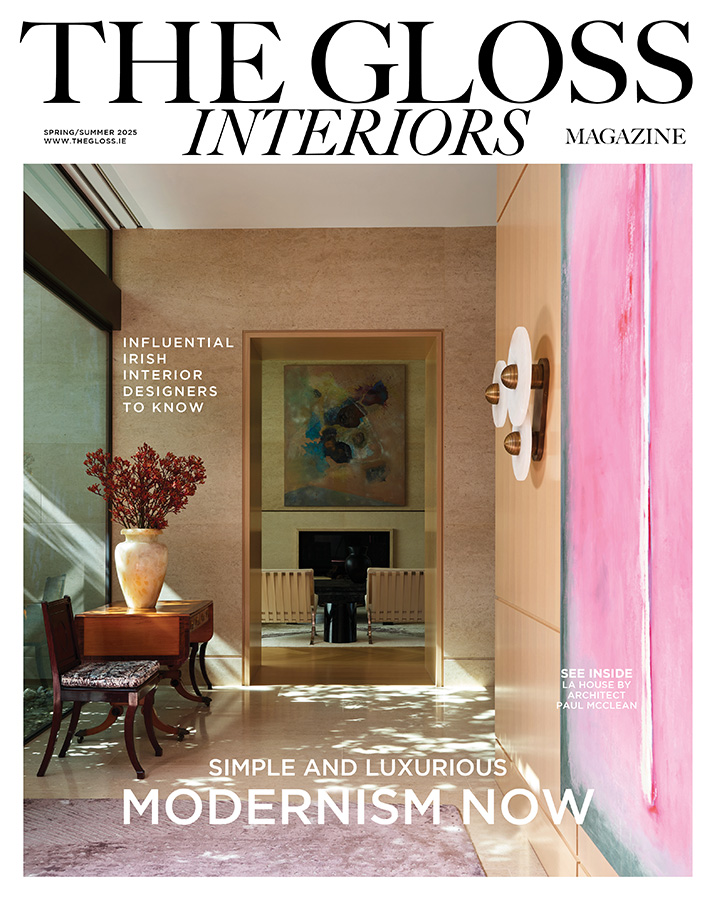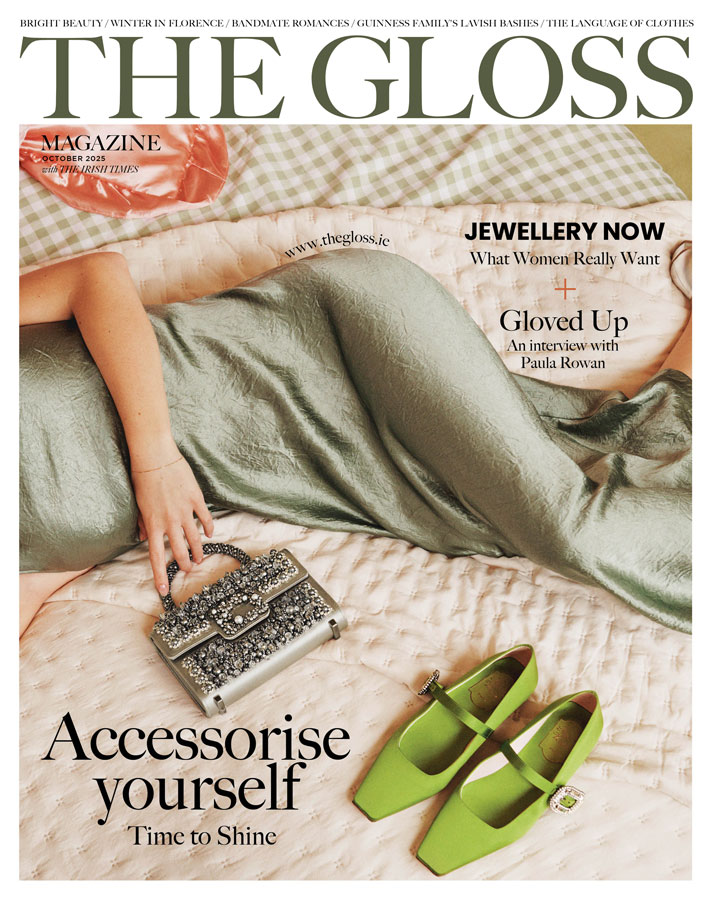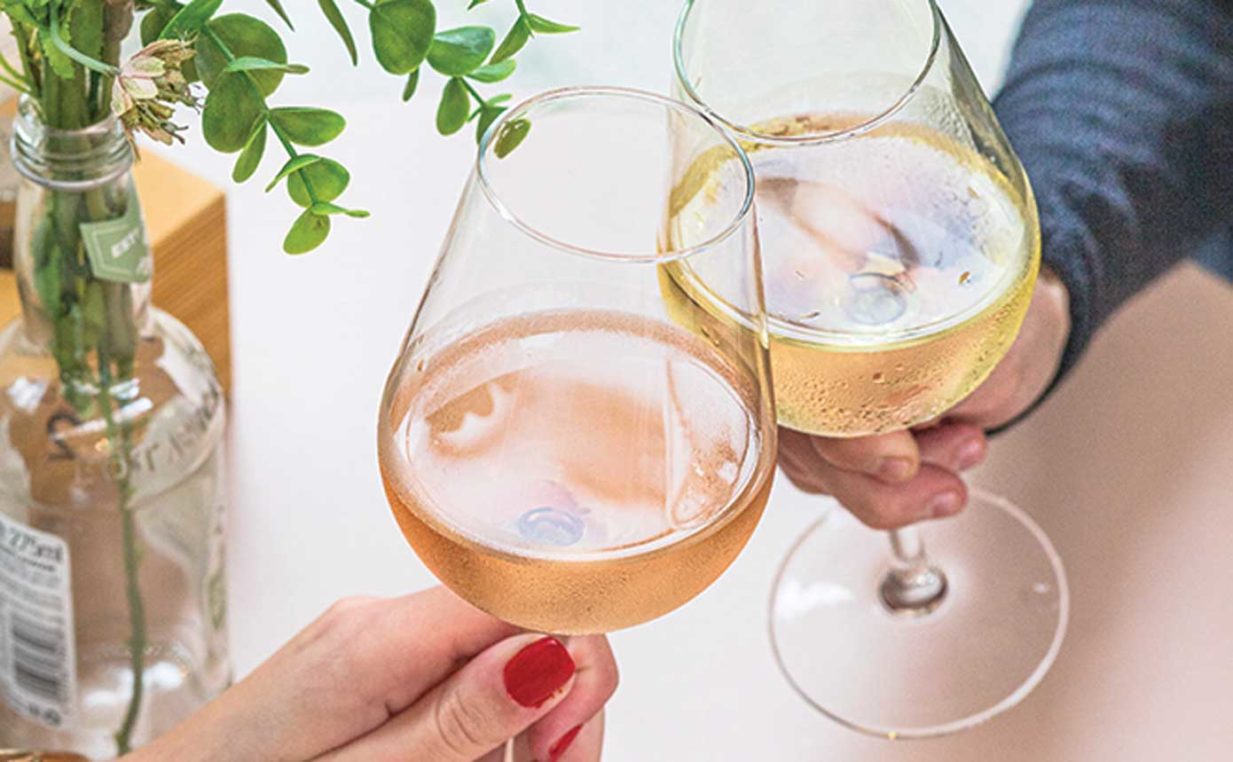We no longer need to wait for warmer days to drink pink, says Julie Dupouy, who says rosé should be enjoyed throughout the year …
When studying colour psychology, one learns how pink is associated with love, romance, kindness, sensitivity, and glamour. Therefore, for Valentine’s Day, rosé wines, based on colour alone, are an understandably popular choice to help you celebrate, whether in a restaurant or at home with your loved one. Summer is not too far around the next corner either but we no longer need to wait for warmer days to drink pink. Rosé is now happily enjoyed throughout the year, and many wines have rightfully earned their place as high-quality, interesting options, enjoyed as a glass in the garden at home or with dinner in your favourite place to eat, or presented as a gift to a friend.
Throughout the Mediterranean, rosé is prized for its refreshing quaffability and for being the perfect complement to light, fragrant cuisine. However, the consumption of rosé has been growing throughout mainland Europe and further afield in recent years. As the image of rosé wines has shifted, major wine markets, including the UK, saw sales of rosé increase by close to 25 per cent in 2020. Even men are loudly proud of their enjoyment of rosé. If, in the past, it was seen as appealing only or mostly to female imbibers, the growing “brosé” movement certainly turns old stereotypes on their head and rightly so.
The history of rosé wine itself dates back as far as the eighth century BC Greece, when the consumption of “pale wine” – a mix of red wine and water – was the norm at a time when drinking pure, undiluted wine was considered a sin that could lead to insanity.
One of the most famous rosé wines styles is “Clairet” (pronounced clair-ay), first produced in Bordeaux in the Middle Ages. Lighter than a red wine but much deeper in colour than most rosés, this style of wine was first called “Clareit”, taking its name from the Latin word claritas meaning clarity. It is a style that is regaining popularity as it can be enjoyed chilled, offering depth and structure without the tannic grip of many red wines.
Rosé wines can be produced in several different ways. Anthocyanins, the component responsible for colour in red and rosé wines, are found in the skin of red grapes. Interestingly, most of the world’s red grape varieties have coloured skins yet the juice, when pressed, runs clear – just like blueberries. Still rosé wines are produced by crushing the grapes and macerating the skins with the juices for several hours until the desired tint is obtained.
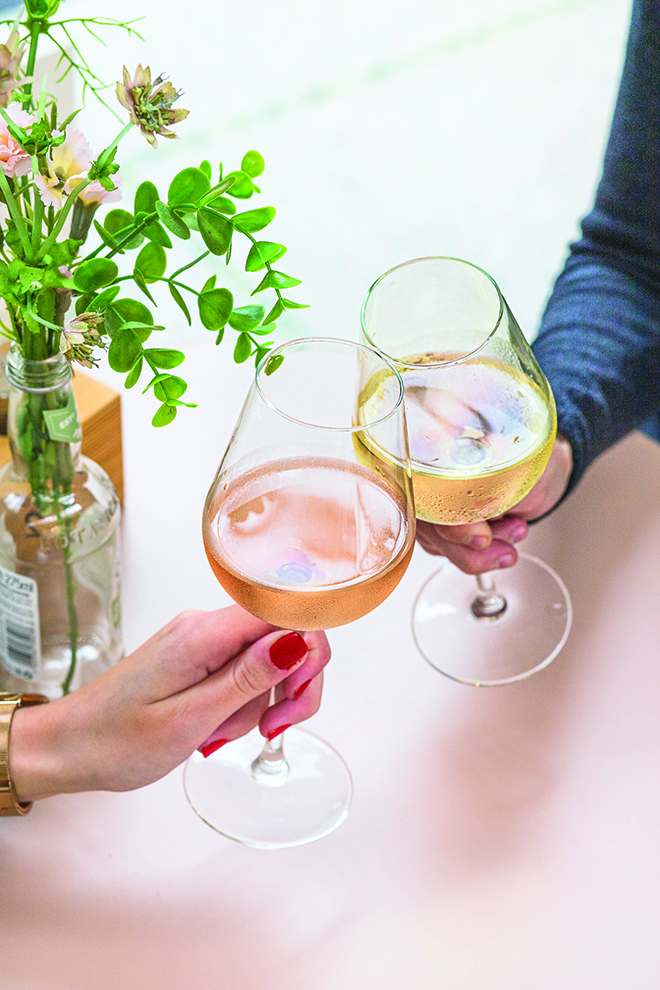
When it comes to sparkling wines, the most common technique used is to blend finished wines together, a technique first developed in 1818 by Barbe Nicole Ponsardin, from the House of Veuve Clicquot. At the time, rosé champagne was often produced by adding some elderberry juice concentrate to white wine. This fruit dye was also used to change white into red by counterfeiters as red wine commanded far higher prices.
Unsatisfied with the quality of the rosé champagnes obtained that way, the famous widow Ponsardin (the veuve in Veuve Clicquot) added some red wine from her best plot of Pinot Noir to a high-quality white wine from the region. This small amount of red wine not only added colour but also structure and great aromatic complexity. This audacious experiment was the start of a new trend and this method is still used nowadays to produce most of the world’s top sparkling rosé.
Many famous brands have focused their attention on rosé production in recent years. Mateus Rosé is without doubt one of the better-known wine success stories of the 20th century. In the 1940s, Portugese winemaker Fernando Van Zeller Guedes, travelling the Douro Valley, would stay up late into the night reviewing his tasting notes from the day’s previous visits. During one of his sleepless nights, he came up with the idea of a creating a brand that would appeal to women and younger generations and would be sold in a bottle with the shape of a soldier’s canteen. Mateus was launched in 1942 and by the late 1980s, accounted for almost 40 per cent of Portugal’s total exports of table wine – approximately 3.25 million cases per year. Other “rosé gold” success stories include the creation of the White Zindandel style by Brothers Trinchero in the late 1970s and the launch of Pink Port by the Croft Port House in 2008.
The more recent arrival on the market of super-premium rosé wines such as Whispering Angel and Garrus from Château d’Esclans and Mireval, the rosé wine project from former power couple Brad Pitt and Angelina Jolie, has stirred up fresh enthusiasm from a much broader market. Markets need outer markers and wines to aspire to. These wines, with strong branding behind them, seem to be getting the thumbs-up from critics, perpetuating their success and inspiring others to demand more from their blush. La vie en 2022 certainly looks set to be enjoyed en rosé.
Here are six bottles to try …

Crémant d’Alsace Rosé, Zinck, France, €33; www.siyps.com.

Rathfinny Rosé Brut, 2017, UK, €54; www.wineonline.ie.
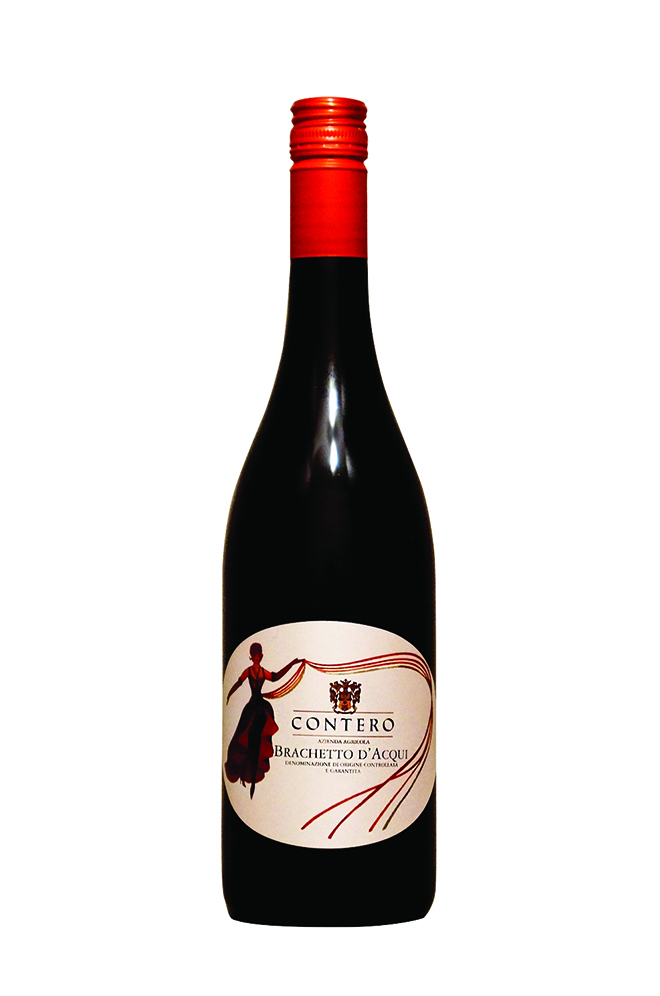
Brachetto d’Acqui, Contero, 2020, Italy, €22.99; www.thecorkscrew.ie.

Prosecco Rosé, Treviso DOC, Millesimato 2020, Italy, €24.95; www.honest2goodness.ie.
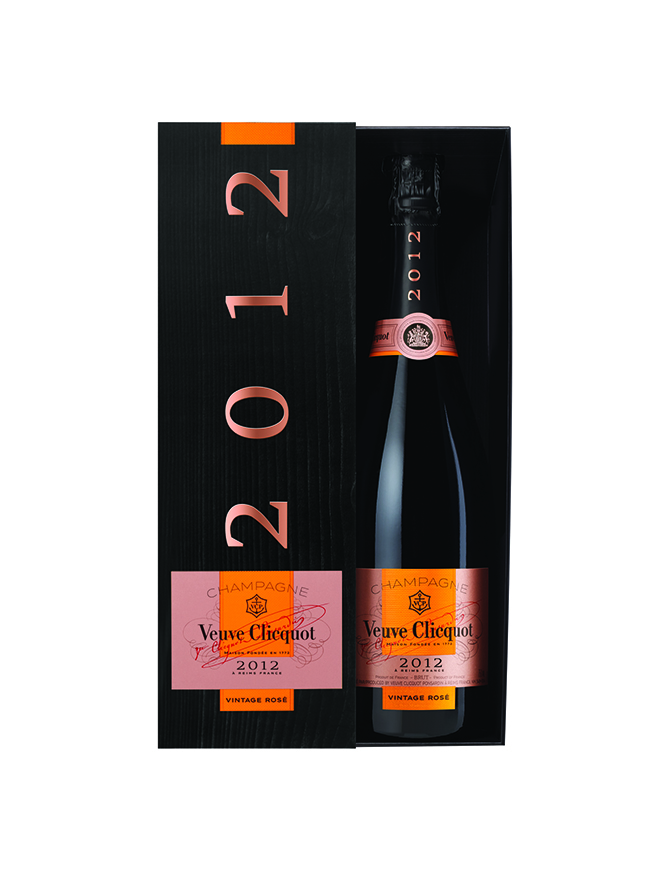
Champagne Veuve Clicquot Rosé Vintage 2012, France, €89; www.obrienswine.ie.

3B Rosé, Filipa Pato, NV, Portugal, €25; www.loosecanon.ie.
LOVETHEGLOSS.IE?
Sign up to our MAILING LIST now for a roundup of the latest fashion, beauty, interiors and entertaining news from THE GLOSS MAGAZINE’s daily dispatches.



